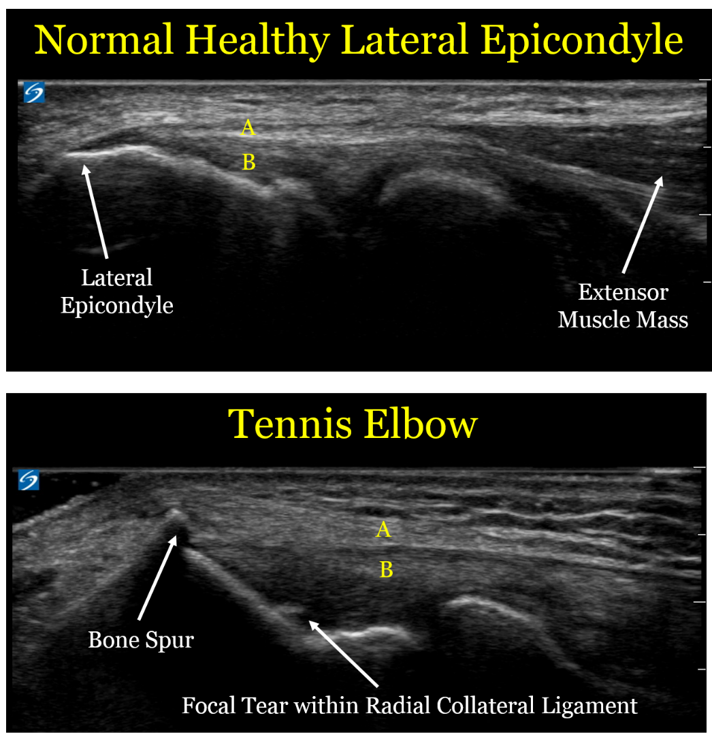What’s an extremely easy way to burn more calories, improve
your stability, and increase overall strength? Start doing your exercises on a
single limb!
We’ve talked about single-limb exercises frequently on this
blog, and that’s because we think they’re the bee’s knees, the cat’s meow, the
duck’s quack … and just to keep the dated references going – well, we think they’re just
swell.
Single limb exercises obviously challenge your balance, but
they do much more than that. They can help eliminate any strength imbalances
since you can’t rely on your stronger side to make up for your deficiencies. Also, single-leg exercises are similar to movements you do in everyday life
or while playing sports, such as walking, running, or leaping. In addition, they can help you burn more calories
since it takes twice as long to complete a single exercise.
But you might be thinking: “I’m not Gaston!” And that’s right. You’re not Gaston. No-one’s as burly
or brawny, or as slick or as quick. Then again, no-one eats five dozen eggs
every day (think of the cholesterol!) But that doesn’t mean
you can’t perform single-arm pushups or single-leg squats like Gaston (probably does). You’re just
going to have to build up to it. The act of performing a single-limb exercise
is going to be very difficult for most people. Not only will balance be an
issue, strength will be as well. Ease into it! You can modify exercises to fit
within your strength level. Here are a few examples.
-
Upper
body push: Single-arm Pushups against a Wall. Face a wall or doorway,
spread your legs about shoulder-width apart, and raise your arm until it’s
about chest height. Perform a one-armed pushup, making sure to keep your elbow
close to your body. These might seem too easy at first, but I think you might
be singing a different tune after 20 or 30. Remember to keep your core tight
before you start your pushups. An easy way to make sure your core is tight is
to clench every muscle in your body (your legs, butt, abs, and even your
hands). To up the intensity, bring your hand to a lower plane, like a heavy
table, a kitchen counter, a chair pushed against a wall, and eventually, the
floor!
- Upper body pull: Single-arm Door Pulls. Open a door and stand facing the edge of the door so the doorknobs are perpendicular to you (round ones help here). Grab one doorknob with one hand, the other knob with your other hand, then bend your knees until you’re in a half-squat. Lean back until your arms are straight. Then pull your body towards the door. If you can, perform the pull with just one arm. Remember to keep your back straight and your shoulder blades in a stable position. To make things easier, use both arms, or move your feet further away from the door so you’re standing more vertical. To make things more difficult, place your feet behind the doorknobs so they’re further away from you/you have to squat more; or simply hold the contraction longer.
- Lower body push: Single-leg squats. Start by holding onto a doorframe or other sturdy object (like a couch) to make sure you don’t fall over. Don’t worry about cheating with your arms; you’ll still feel a burn after doing 10+ single-leg squats even if you help yourself up. Lift one leg off the ground and hold it either in front of or behind you. Then, squat as deeply as you can on your standing leg. Suspension straps can help TREMENDOUSLY with this exercise, as seen here:
Two things to remember:
1) Make sure you keep your bending knee from leaning inward – this is called
a valgus fault, and can lead to injury. Activate your gluteal muscles to remedy
this, as well as keeping your knee steady/leaning out.
2) Don’t let your knee go over your toes. You want to be sitting back and
activating those glutes. Letting your knee go over your knees can lead to
injury.
-
Lower
body pull: Single-leg Romanian Deadlift. Stand on one leg. Keep your leg straight but without your knee
locked out. Hinge at the hips, and bend over while keeping your back straight. Maintain a
controlled pace and movement – think more Drinking Bird toy, less stapler
snapping closed.
If there’s a running theme throughout these exercises, it is that FORM MATTERS. If any of these exercises are too difficult to do with proper form, then you may need to modify them further.













.jpg)